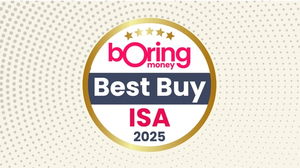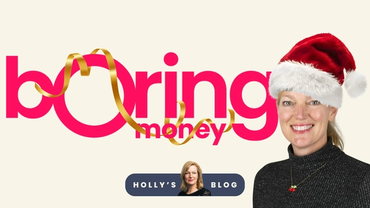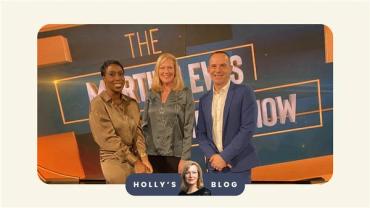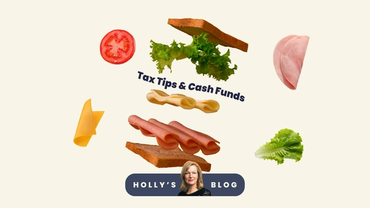Last Chance Saloon in the Tax Year
31 Mar, 2023
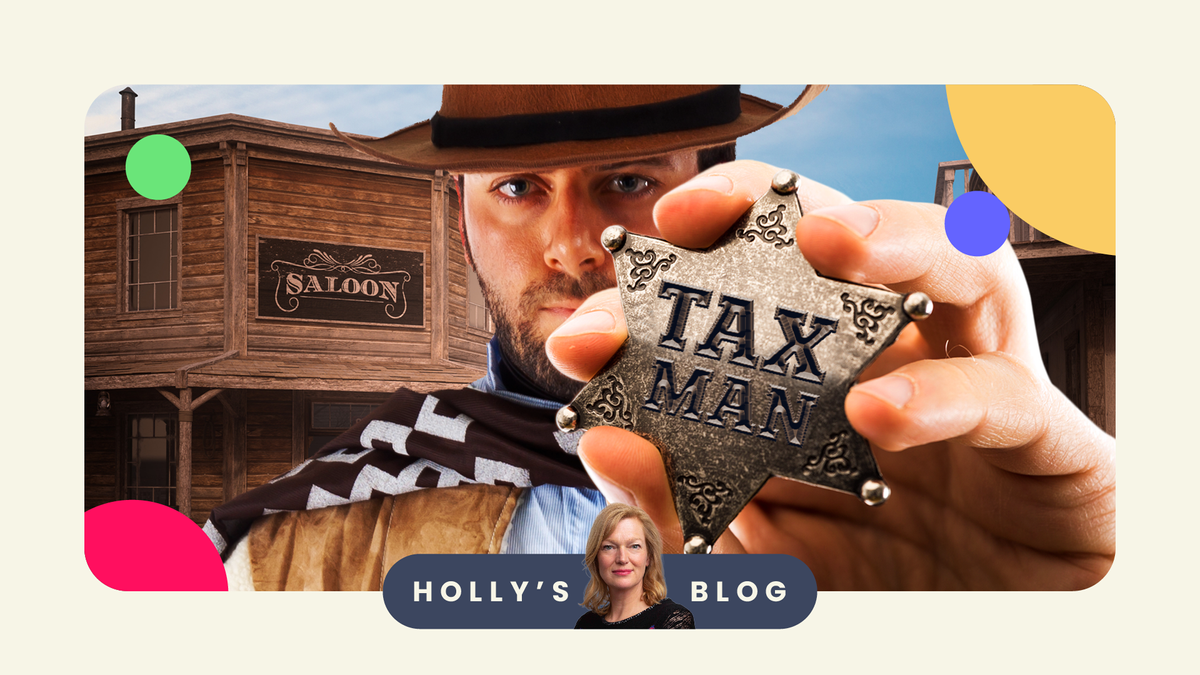
This weekend we enter the last chance saloon for the 2022/2023 tax year.
The tax year ends on April 5th every year. This seemingly random date used to be the 25th March which, once upon a time, was New Year’s Day. Also known as Lady Day, it was when the Angel Gabriel visited Mary to give her the good news. Every three months, the 25th marks significant days, including of course Christmas.
All was well until Pope Gregory realised that Julius Caesar wasn’t as crash hot on timekeeping as thought, and the calendar needed adjusting; he introduced the Gregorian calendar to improve things and skipped 10 days in the process. “Flippin’ Catholics, don’t tell us what to do,” muttered the Brits, ignoring this new convention until 1752 when we were clearly so out of sync we had to skip 11 days. And the end of the tax year moved from 25th March to 5th April. Voilà.
History lesson aside, a few reminders on the rules.
ISAs
We can all pay up to a total of £20,000 every year into any combo of ISAs (Cash and/or Stocks and Shares/and or a Lifetime ISA if you have one open or are under 40). You can have more than one Stocks and Shares ISA, but can only pay into one Stocks and Shares ISA every tax year. You can pay into both a Cash ISA, for example, and a Stocks and Shares ISA in the same tax year, as long as the combined total doesn’t exceed £20,000.
If you have no cash but have shares with a provider sitting outside an ISA, you can use your allowance to move these shares over into the tax shelter of an ISA. This is called ‘Bed and ISA’. Ask your provider as they need to do it for you - some will let you do this online with one simple instruction so Google it or phone them and ask. Worth getting a move on as this can be a little slow.
Finally, don’t let the maximum allowance of £20,000 put you off! Some providers let you start with as little as £1.
Our Stock and Shares Best Buys or Lifetime ISA Best Buys tables will tell you who we rate, calculate the charges you’ll pay, and let you read other customer reviews to help your selection.
DIY Pensions (sometimes called a ‘SIPP’)
We can set up and pay into a private pension online. Pensions are complex so read up on the rules about allowances – the very general rule of thumb is if we’re working, we can contribute a total of up to £40,000 a year (going up to a massive 60 grand next tax year). And the “Why Bother?” is we get nice tax relief on this – extra money which boosts the sum you put in. There’s more pension info here to help you understand the rules.
Again, our Pensions Best Buys tables will tell you who we rate and help you pick the best option for you – you can filter by cost, by your confidence and other factors.
Junior ISAs
There is an annual allowance of £9,000 per kiddie. Remember this is in the child’s name and sits in this account until they turn 18, at which point it is theirs! Gulp.
But the gains will be tax free.
Our Junior ISAs Best Buys tables will help you choose.
Tax rules
There are all sorts of tax changes coming up which reduce many of our allowances so it’s more important than ever to plan ahead. Our recent Budget round-up summarises key changes and confirms the changing position on things like capital gains tax.
Phew! Over and out for another tax year! Happy Money Hogmanay everyone. Have a great weekend.
Holly

Want to get Holly's weekly blog straight to your inbox?
Already have an account? Login

